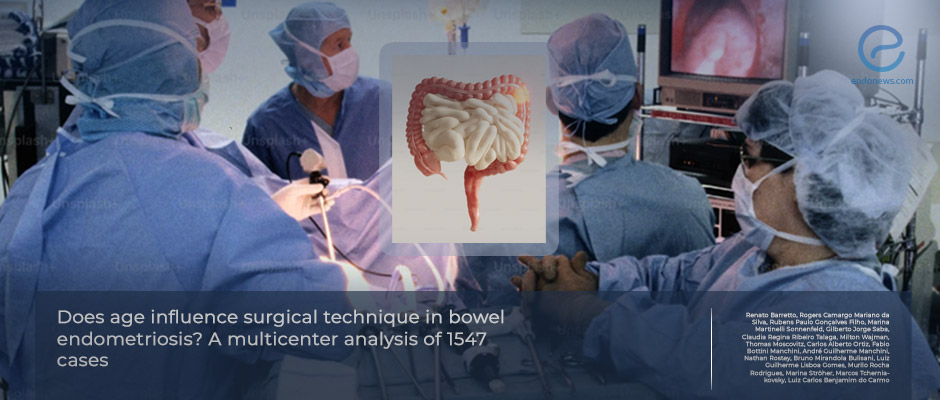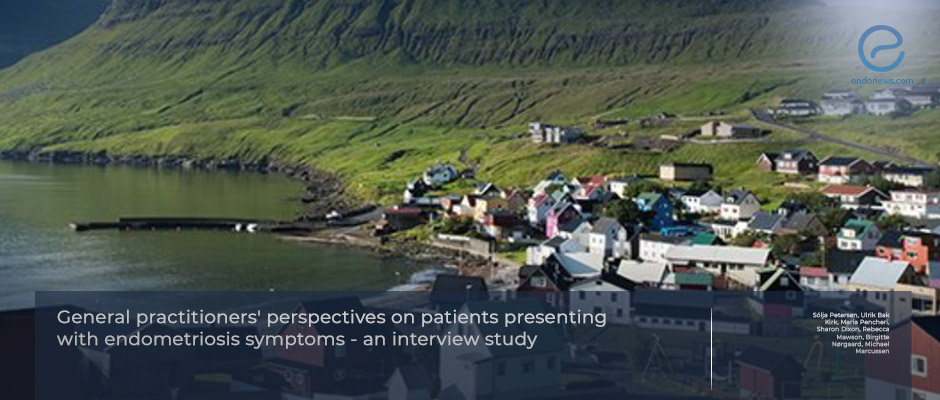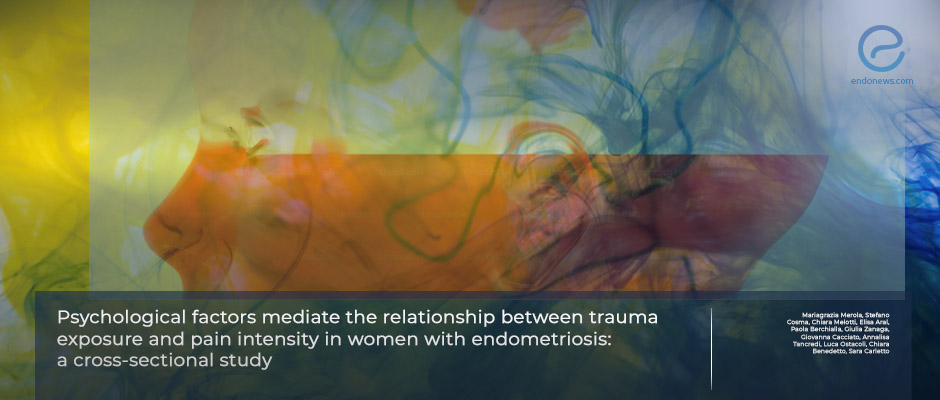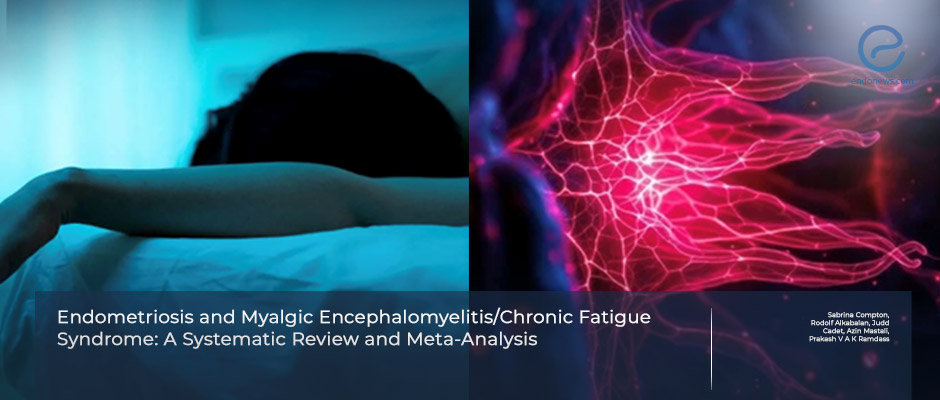Search :
Being thorough Is More Important Than Being Fast in Endometriosis Surgery
Longer surgical times are not associated with a higher risk of short-term postoperative complications in patients with stage 3 or 4 endometriosis undergoing minimally invasive surgery, according to a new study published in BMC Women’s Health. However, longer procedures were…
Key Points Lay SummaryEndometriosis Care Quality Reform in the United States
Endometriosis care in the United States varies widely depending on where and how patients receive treatment, according to a new analysis published in Journal of Minimally Invasive Gynecology. A national multidisciplinary committee—the Endometriosis Care Quality Collaborative (ECQC)—brought together gynecologic surgeons,…
Key Points Lay SummaryEndometriosis and Mental Health: Disentangling Pain and Inflammation
Endometriosis is increasingly recognized as a condition that affects the body far beyond the pelvis, influencing immune function, inflammation, and even emotional wellbeing. Many patients experience symptoms such as chronic pelvic pain, fatigue, and hormonal changes, but the relationship between…
Key Points Lay SummaryEndometrial PreparationMethods and Obstetric Risks After Frozen Embryo Transfer in Endometriosis
Endometriosis is a common condition and is present in 30–50% of women who experience difficulty conceiving. Because it can cause pelvic adhesions, hormonal disturbances, and chronic inflammation, many women with endometriosis require assisted reproductive technologies such as IVF and frozen…
Key Points Lay SummaryDoes Age Matter in Choosing Bowel Endometriosis Technique?
Bowel endometriosis often requires complex minimally invasive surgery, and surgeons commonly choose between shaving, discoid resection, or segmental bowel resection based on how deeply the disease infiltrates the rectum or sigmoid. It has long been assumed that younger women might…
Key Points Lay SummaryMacrophages Become Myofibroblasts in Endometriosis Fibrosis
Fibrosis is a major but often underrecognized feature of endometriosis. It contributes to pain, adhesions, impaired endometrial receptivity, and progressive lesion stiffness. Although fibrosis is well documented in both ectopic lesions and the eutopic endometrium, the exact cellular mechanisms driving…
Key Points Lay SummaryEndometriosis in Primary Care: Barriers and Realities
Recognizing and managing endometriosis in primary care is often challenging, especially in healthcare systems with limited specialist access. In the Faroe Islands, general practitioners (GPs) are the first point of contact for women presenting with pelvic pain, heavy periods, and…
Key Points Lay SummaryTrauma, Mood, and Pain: A Mediated Relationship in Endometriosis
Women living with endometriosis often experience chronic pelvic pain, but the reasons why some women report more severe pain than others are not fully understood. Trauma has been linked to altered pain perception in other chronic pain conditions, yet its…
Key Points Lay SummaryEndometriosis and Myalgic Encephalomyelitis-Chronic Fatigue Syndrome Show Strong Epidemiologic Overlap
A new study from researchers in Grenada suggests a significant association between endometriosis and myalgic encephalomyelitis/chronic fatigue syndrome (ME/CFS)—two chronic, debilitating conditions that share symptoms of inflammation, immune activation, and profound fatigue. The research team, led by Dr. Prakash VAK…
Key Points Lay SummaryWhole-Brain Dynamics Across Menstrual Hormonal Fluctuations
A new study published in Nature Neuroscience reveals that the human brain changes structurally across the menstrual cycle far more dynamically than previously understood. Using an exceptionally detailed approach—MRI scans every two days across an entire month—researchers mapped how fluctuating…
Key Points Lay Summary
 By Özge Özkaya
By Özge Özkaya

 By Selma Oransay
By Selma Oransay

 By Hale Goksever Celik
By Hale Goksever Celik



 By Ayse Ayhan
By Ayse Ayhan



